When selling your home, no single decision impacts your success more than your initial asking price. While it’s tempting to “test the market” with a higher price, this strategy often backfires, leading to longer selling times and, ironically, lower final sale prices.
Why the First 30 Days Matter Most
Your listing’s initial month is crucial. This “golden window” generates the highest concentration of showings and buyer interest. Fresh listings appear at the top of search results, trigger automatic alerts to potential buyers, and create natural buzz that’s hard to recapture later.
Think of it like a movie premiere – there’s excitement when it first releases, but that enthusiasm quickly fades. When a home lingers on the market, buyers often assume something’s wrong with it, even if the only issue was the initial pricing strategy.
Warning Signs Your Home is Overpriced
- Limited Showings and Offers
If your home has been listed for several weeks with minimal showings or no offers, it’s likely priced too high. Today’s buyers are well-informed and can easily spot (and avoid) overpriced listings.
- Consistent Negative Feedback
When potential buyers consistently comment that your home is overpriced compared to similar properties they’ve seen, it’s time to reassess. As the National Association of Realtors notes, this feedback often leads agents to adjust their price recommendations based on market conditions and property uniqueness.
- Helping Sell the Competition
Consider this scenario: Your home’s market value is $400,000, but you’ve listed it at $420,000. Qualified buyers searching in the $375,000-$400,000 range won’t see it, while those looking at $420,000 properties will find better value elsewhere. Your overpriced listing actually helps sell other homes in the area.
- Extended Market Time
The longer your home sits on the market, the more likely buyers are to question what’s wrong with it. In today’s market with growing inventory, a stale listing becomes increasingly difficult to sell, often leading to:
- Buyers assuming there are hidden problems
- Perception of seller desperation
- Buyers waiting for further price reductions
- Lower offers than the reduced price
The Strategic Advantage of Correct Pricing
Here’s a counter-intuitive truth: pricing at or slightly below market value often yields a higher final sale price than starting high. Strategic pricing creates urgency and competition, potentially leading to multiple offers and stronger negotiating power for the seller. Just last month this strategy worked for one of my sellers, getting them several above-asking-price offers.
Remember: The market determines your home’s value, regardless of what you paid for it, your improvements, or your financial needs. Working with an experienced real estate agent to position your home correctly from day one remains your most powerful tool for achieving the best possible outcome.
—–
*Credit: Portions adapted from Keeping Current Matters*


 Facebook
Facebook
 X
X
 Pinterest
Pinterest
 Copy Link
Copy Link


